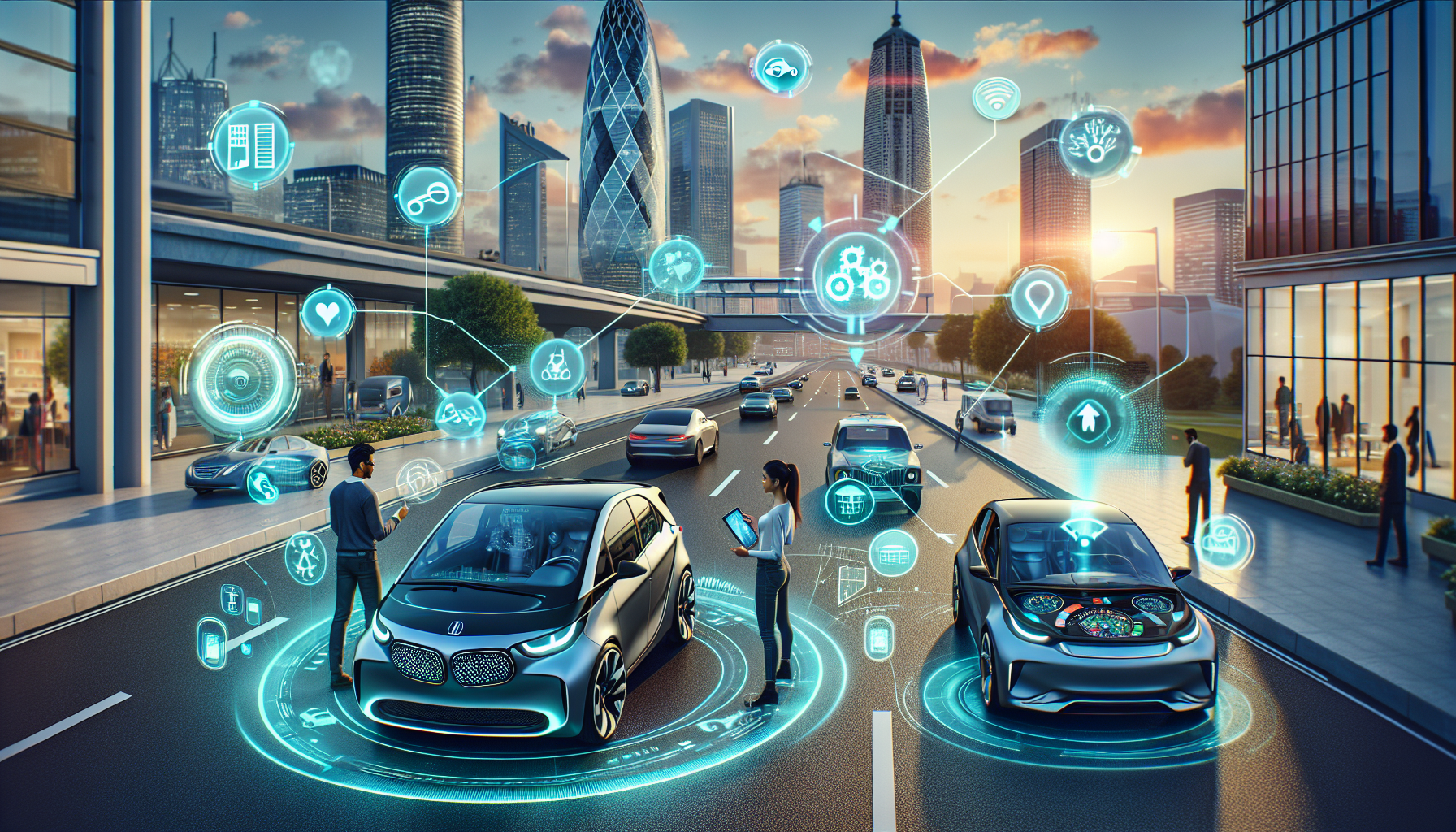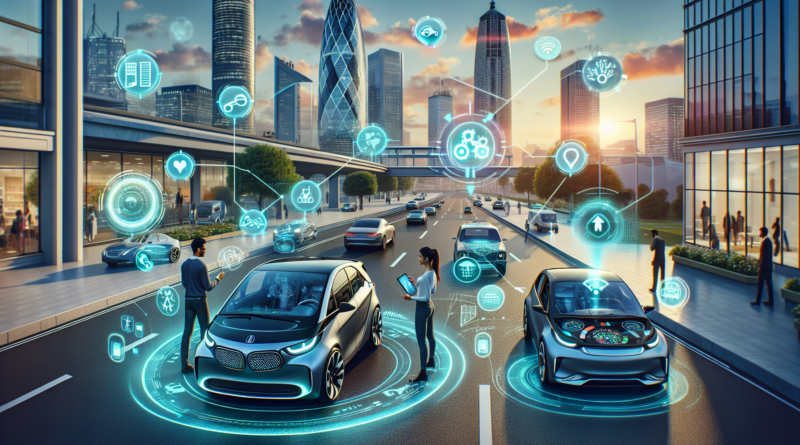Innovations in Automotive Industry
The automotive industry is undergoing a significant transformation with the advent of smart cars and connected vehicles. These innovations are reshaping how we perceive transportation, offering enhanced safety, convenience, and efficiency. Smart cars are equipped with advanced technologies like artificial intelligence, machine learning, and the Internet of Things (IoT), enabling them to communicate with other devices and infrastructure.
Key Features of Smart Cars
Smart cars come with a plethora of features designed to improve the driving experience. These include autonomous driving capabilities, real-time traffic updates, and personalized infotainment systems. The integration of AI allows these vehicles to learn from driver behavior, optimizing routes and suggesting maintenance schedules. Moreover, smart cars are equipped with sensors and cameras that provide a 360-degree view, enhancing safety by detecting obstacles and preventing collisions.
The Future of Driving
The future of driving is here with smart cars and connected vehicles. These innovations promise to make roads safer, reduce traffic congestion, and minimize environmental impact. As technology continues to evolve, we can expect even more groundbreaking features that will redefine our relationship with automobiles.
Connected vehicles are another significant innovation in the automotive industry. These vehicles are equipped with communication systems that allow them to interact with other vehicles, infrastructure, and the cloud. This connectivity enables features like vehicle-to-vehicle (V2V) and vehicle-to-infrastructure (V2I) communication, which are crucial for developing smart cities and improving traffic management.
Benefits of Connected Vehicles
The benefits of connected vehicles are manifold. They enhance safety by providing drivers with real-time alerts about road conditions, accidents, and traffic jams. Additionally, connected vehicles contribute to environmental sustainability by optimizing fuel consumption and reducing emissions. The data collected from these vehicles can also be used to improve urban planning and develop more efficient public transportation systems.
Embrace the Change
Connected vehicles are paving the way for a smarter, more efficient transportation system. By embracing these innovations, we can look forward to a future where driving is not only safer and more convenient but also more sustainable. Stay informed and be part of this exciting journey towards a connected world.
Despite the numerous advantages, the adoption of smart cars and connected vehicles comes with challenges. Privacy and security concerns are paramount, as these vehicles collect and transmit vast amounts of data. Ensuring that this data is protected from cyber threats is crucial. Additionally, the transition to smart and connected vehicles requires significant infrastructure investments and regulatory changes.
Overcoming the Challenges
To overcome these challenges, collaboration between automakers, technology companies, and governments is essential. Developing robust cybersecurity measures and establishing clear regulations will help address privacy concerns. Furthermore, investing in infrastructure, such as smart traffic lights and charging stations, will facilitate the widespread adoption of these technologies.
Join the Revolution
The automotive industry is on the brink of a revolution with smart cars and connected vehicles leading the charge. By addressing the challenges and embracing the opportunities, we can create a transportation system that is safer, more efficient, and environmentally friendly. Join the revolution and be part of the future of mobility.
The latest innovations in the automotive industry, particularly smart cars and connected vehicles, are transforming the way we travel. These technologies offer numerous benefits, including enhanced safety, convenience, and sustainability. However, to fully realize their potential, it is crucial to address the challenges and work towards a collaborative approach. As we move forward, the integration of these innovations will undoubtedly lead to a smarter, more connected world.


